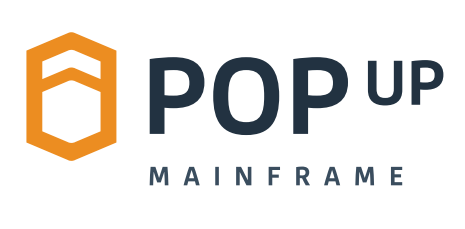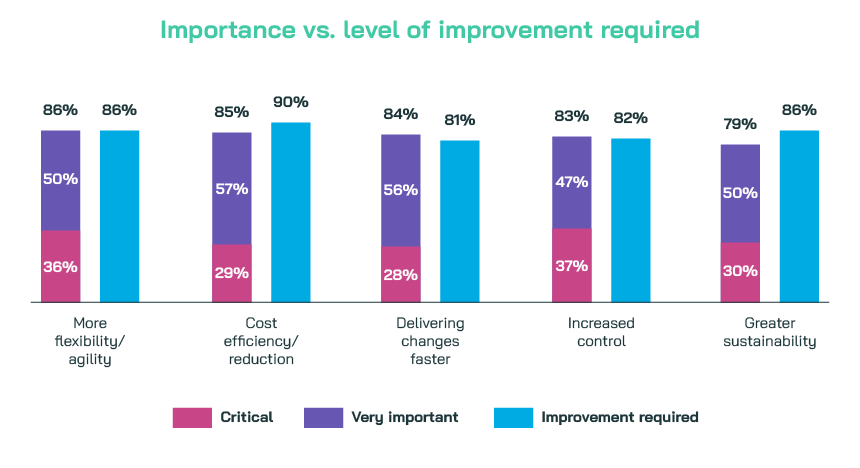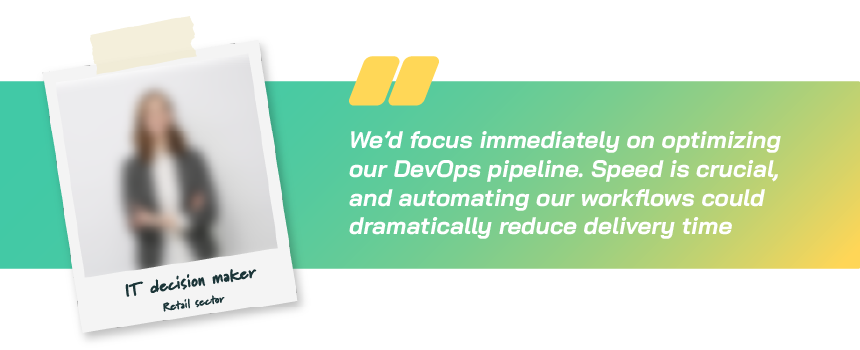A collaboration between PopUp Mainframe and Vanson Bourne

We recently had the privilege of collaborating with PopUp Mainframe to delve into a cornerstone of enterprise IT that often operates behind the scenes: the mainframe. Our goal was to uncover not only the challenges and pain points that organisations face in this space, but also the unmet needs that, if addressed, could unlock greater value.
Last year marked the mainframe’s 60th anniversary, a milestone that serves as a timely reminder of its endurance. But this isn’t about nostalgia. Our findings show the mainframe remains highly relevant today: 98% confirmed their organisation depends on the IBM mainframe to execute key functions. Neither is this reliance waning, an overwhelming 99% indicated they expect to continue depending on this technology well into the future.
However, the mainframe environment is not without its challenges when it comes to using it as a development and delivery vehicle. Almost all (96%) organisations report difficulties in the development and testing process. Our research highlighted these issues span a broad spectrum of operational pain points. Concerns include a lack of cost efficiency (39%), inflexibility (39%), debugging difficulties (38%), sustainability challenges (38%) and struggles to meet regulatory and compliance requirements (33%). Organisations clearly recognize these concerns, acknowledging them as both critical to their operations and in need of improvement.

Overlaying these technical challenges are talent difficulties. Nearly four in five (79%) organisations express concerns that staffing limitations could hinder their ability to achieve core business objectives. The biggest skill gaps are in the more traditional mainframe technologies: only a third or fewer rate their teams as having a good skill/knowledge level in ISPF 3270 (33%), Assembler (29%), or REXX (27%). Without modern tools, many (83%) face difficulties recruiting and retaining the next generation of talent.
Organisations are seeking modern solutions that deliver a balance of flexibility, control and sustainability, without increasing costs. One approach to this is expanding mainframe environments: enabling efficient, scalable, and risk-conscious growth, and helping organisations to remain agile through constant change. Notably, over a third (34%) report an urgent need for additional environments to meet the demands of mainframe delivery.
Initiatives their organisation would prioritise if they could deliver mainframe deliveries faster


Over half (53%) believe that modernising their mainframe capabilities could significantly help resolve skill gaps and improve talent attraction and retention. Other key benefits include:
- Increased agility/flexibility (58%)
- Easier regulatory and data compliance (52%)
- Accelerated innovation (51%)
- Quicker implementation of changes/deliveries (46%)
- Delivering IT-related sustainability objectives (43%)
- Improved cost efficiency (42%)
Mainframes remain mission critical platforms, delivering immense value for the organisations that rely on them. However, as business demands and technology continue to evolve, so too must the mainframe. Organisations that proactively invest in more agile and scalable mainframe environments are likely to be better equipped to navigate operational challenges, drive innovation and attract the new generation of talent.
Derek Britton, CMO at PopUp Mainframe, commented “As a mainstay of high-stakes enterprise computing, the mainframe is a powerhouse production server – but it needs to do more and more to support future needs and can be hampered by a range of factors. At PopUp Mainframe, we wanted to learn the details of what’s blocking mainframe teams from accelerating their output. Vanson Bourne have helped us unearth a range of genuine, topical insights from the mainframe market.”
Note on this research
The research included 175 senior decision-makers in DevOps and IT roles across a wide range of sectors, comprising financial services, insurance, retail, transportation, logistics, IT services, energy, media, leisure, and entertainment. Their organisations had to be using the IBM mainframe and have a minimum of 500 employees, representing both the US (100) and the UK (75).





